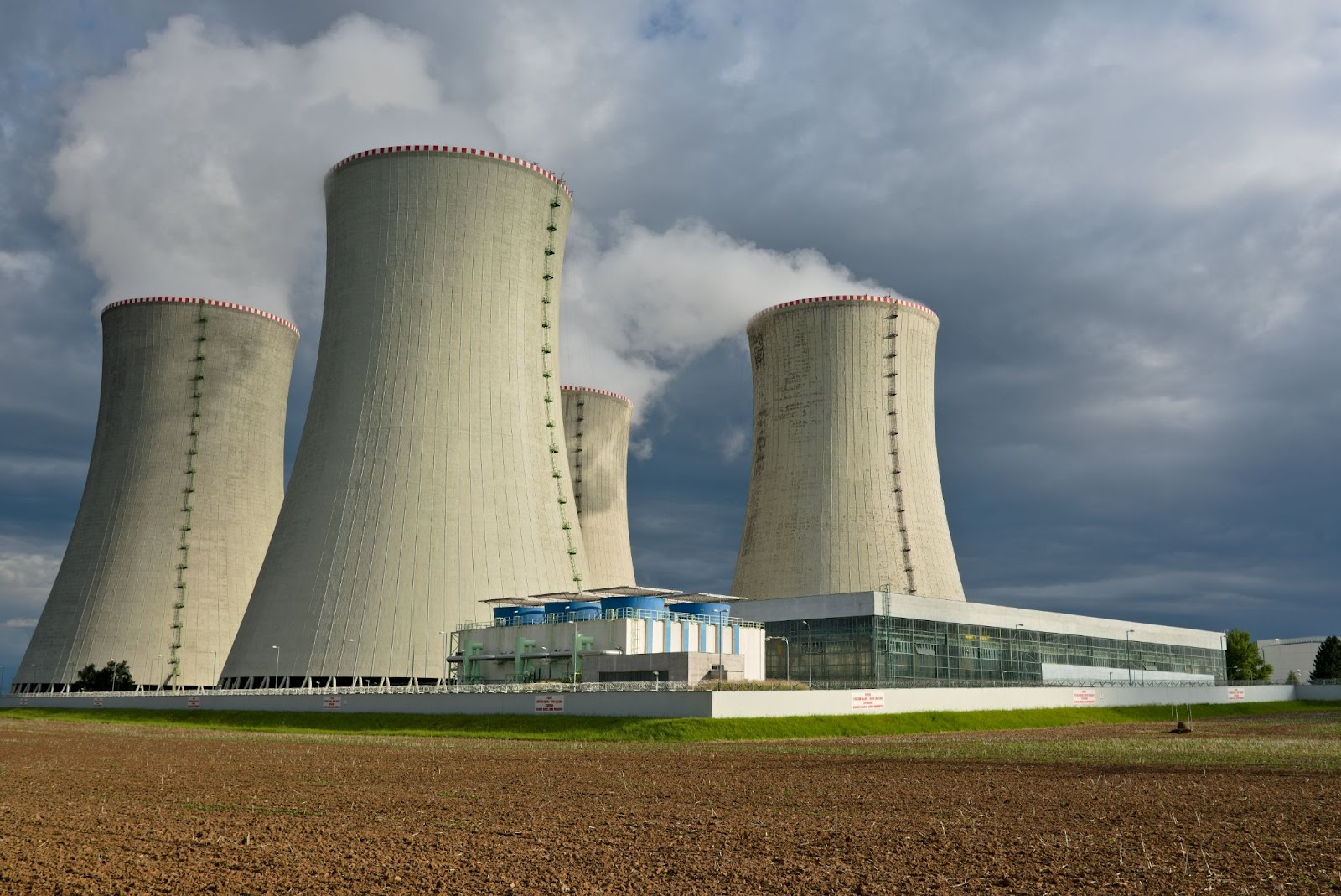The energy sector is increasingly dependent on digital technologies, making it vulnerable to cyber threats. These threats can compromise the reliability, safety, and efficiency of energy systems, posing significant risks to the economy, environment, and public health.
Key Cyber Threats
- Ransomware attacks: Malware that encrypts data and demands payment in exchange for the decryption key.
- Phishing and social engineering: Attacks that exploit human vulnerabilities to gain unauthorized access to systems.
- Industrial control system (ICS) vulnerabilities: Threats targeting ICS, which monitor and control critical infrastructure.
- Advanced persistent threats (APTs): Sophisticated attacks that involve prolonged, targeted exploitation of vulnerabilities.
Solutions
- Implement robust security measures: Use firewalls, intrusion detection systems, and encryption to protect networks and data.
- Conduct regular risk assessments: Identify vulnerabilities and prioritize mitigation efforts.
- Train personnel: Educate employees on cybersecurity best practices and phishing awareness.
- Develop incident response plans: Establish procedures for responding to cyber incidents.
- Collaborate with industry peers: Share threat intelligence and best practices to enhance sector-wide security.
Best Practices
- Segment networks: Isolate critical systems from non-critical networks.
- Use multi-factor authentication: Require multiple forms of verification for access to sensitive systems.
- Keep software up-to-date: Regularly update and patch software to fix vulnerabilities.
- Monitor systems continuously: Use real-time monitoring to detect and respond to threats.
Regulatory and Policy Considerations
- Comply with regulations: Adhere to relevant cybersecurity regulations and standards.
- Develop cybersecurity policies: Establish clear policies and procedures for cybersecurity governance.
By prioritizing cybersecurity, the energy sector can mitigate risks and ensure the reliability and resilience of critical infrastructure.


